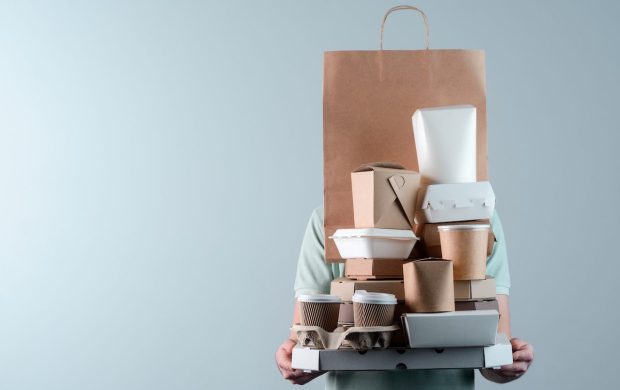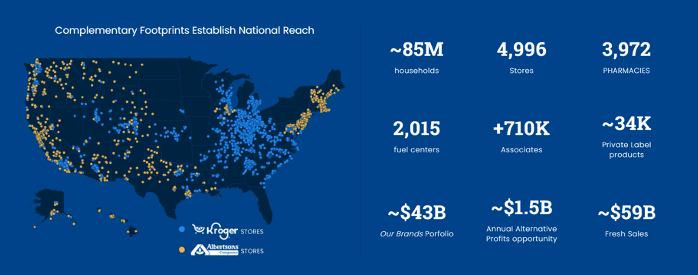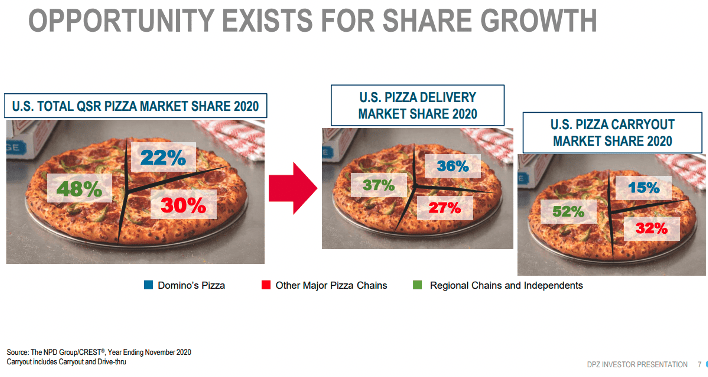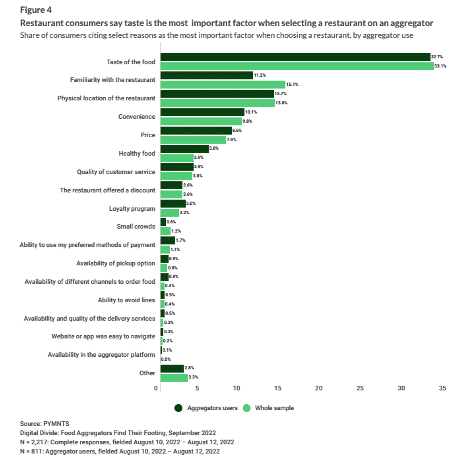3 Food Trends That’ll Never Be the Same

You could call it the rise of the super-duper market, but however you choose to frame it, the proposed tie-up between Kroger and Albertsons is poised to rock the grocery category in ways never seen before.
Even if the deal were to fall apart for some reason, like say antitrust concerns or a competing bid from a third party, the specter of creating a retail food footprint with 5,000 stores, 4,000 pharmacies and 2,000 gas stations is, well, rather super-duper and apt to trigger a flurry of comparative analysis and other “what-if” scenarios.

Nowhere is this change more impactful than with the reigning industry leader, Walmart, whose $264 billion in sales in food and beverage category last year leave it in a league of its own.
While a Kroger-Albertsons combination would still be about 20% short of Walmart, the increased scale and pricing power that the tie-up implies would likely challenge the “low price leader” in some locations. In addition, certain specialty areas, such as prepared foods or premium products like imported cheeses, could also serve to siphon away customers.
The fact cannot be ignored that this grocery consolidation play is happening at the exact moment that consumer interest in value is peaking, as the trend of making essential purchases over discretionary items has become a way of life for as much as 70% of households.
There’s also the reality that Amazon works best when it’s in front, whereas in this case, the Seattle-based eCommerce giant’s $27 billion of grocery revenues done through its Whole Foods and budding Amazon Fresh chain seem even more underwhelming. That fact alone suggests that some sort of response from Amazon to the new super-duper market era is likely.
Domino’s Delivers… No so Much
The phrase “Domino’s Delivers” may have a nice ring to it, but if the Michigan-based pizza powerhouse has its way, it may soon be relegated to the scrap heap of history.
This as the company’s latest earnings results included the unique revelation that a huge and profitable opportunity exists to grab share — and save money — by boosting its slice of the takeout market while continuing to reduce its 35% stake in the delivery category.
According to Domino’s third-quarter investor presentation, carryout same-store sales were up 20% from a year ago and 55% since 2019.

While Domino’s delivery share is still more than twice as large as its carryout business, the company has worked tirelessly to reverse a 60-year-old habit and retrain customers to not instinctively think of a pizza deliveryman at their door when it comes time to order. Recent examples have included the “tip yourself $3” campaign if you pick up your own pie rather have the D-man do the job for you, with others sure to follow. Add in the incentive — or disincentive — of high gasoline prices, labor costs and supply of available workers, and the case for carryout becomes clear.
Taste, Always and Forever
Whether dine in, carryout or cook-your-own, everyone has their own particulars and peculiarities when it comes to their favorite foods. Although Burger King announced this week that it is updating its 50-year-old “Have it your way” slogan to include a younger, hipper “You Rule” component, another facet of the food world recently revealed by PYMNTS found that one feature stood head and shoulders above the rest when deciding where to order food: taste.

“Taste matters more to consumers than brand or price, granting restaurant owners the freedom to offer virtual brands outside of their core product,” the 2022 Restaurant Digital Divide report found.
“Since consumers care more about the quality and taste of their food than factors such as price or branding, this can be a great opportunity for restaurants to expand their reach and focus on what they do best: the food itself,” the report added, noting the opportunity that exists, for example, for a high-end restaurants to offer well-made cuisine to a takeout customer that they might not normally do for the regular dine-in crowd.
Either way, the flavorful findings underscore yet another area of change, innovation and opportunity that exists today that would have been unthinkable even a few years ago.
